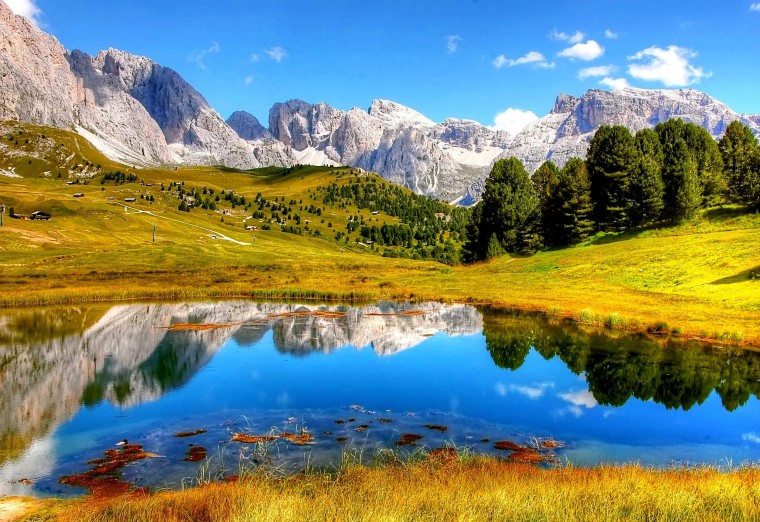Microsoft has made several moves in the recent past to signify the importance of artificial intelligence (AI) in the coming years. The tech giant partnered up with General Assembly a few days ago, with the aim to curb the skills gap in AI, among other fields. Moreover, as recently as yesterday, the company outlined the importance of AI in helping restore France"s Notre-Dame cathedral after it was ravaged by a disastrous fire.

Some of these efforts, however, have been solely focused toward the conservation of the environment. The AI for Earth Innovation Grant Program is one such initiative; it is committed towards harnessing the power of AI to "solving some of the biggest environmental challenges of our time".
Now, Microsoft has revealed how scientists and conservationists have employed use of its AI-centric applications to help protect the environment as part of the AI for Earth project. Four such ways have been specifically outlined, including the obtaining of more data regarding trees, improving yields for farmers, identifying snow leopards with relative ease, and protecting key watersheds.
Microsoft"s SilviaTerra maps use AI and machine learning to help inventory forests. The Azure cloud and high-resolution satellite imagery further enables the collection of critical information regarding trees. This ultimately helps landowners and conservationists to efficiently understand how such forests can be improved and maintained sustainably.
The Redmond giant"s Farmbeats program enables food producers to increase sustainable yield at much lower costs. Cloud and AI tech are specifically employed to make farmers aware of weather forecasts and crop predictions based on the analysis of sensory data and aerial imagery.

Moving on, with regards to wildlife conservation, an AI automation tool has been used by researches at the Snow Leopard Trust in the identification of snow leopards - an endangered species. This tool auto-classifies images, eliminating the need to manually sift through scores of photos. The data obtained can then be used to protect snow leopards from poaching and climate change, among other threats.
Lastly, Microsoft has brought attention towards the use of its AI and cloud tech in the protection of key watersheds. Partnering with the Chesapeake Conservancy has enabled it to form a dynamic system that generates "one-meter resolution land cover data anywhere in the United States". With use of the highly-detailed map data then acquired, restoration of the Chesapeake Bay watershed is being furthered.
The Redmond giant will be hoping that by emphasizing the use of AI in its efforts to confront environmental challenges, it will inspire other companies to do the same.